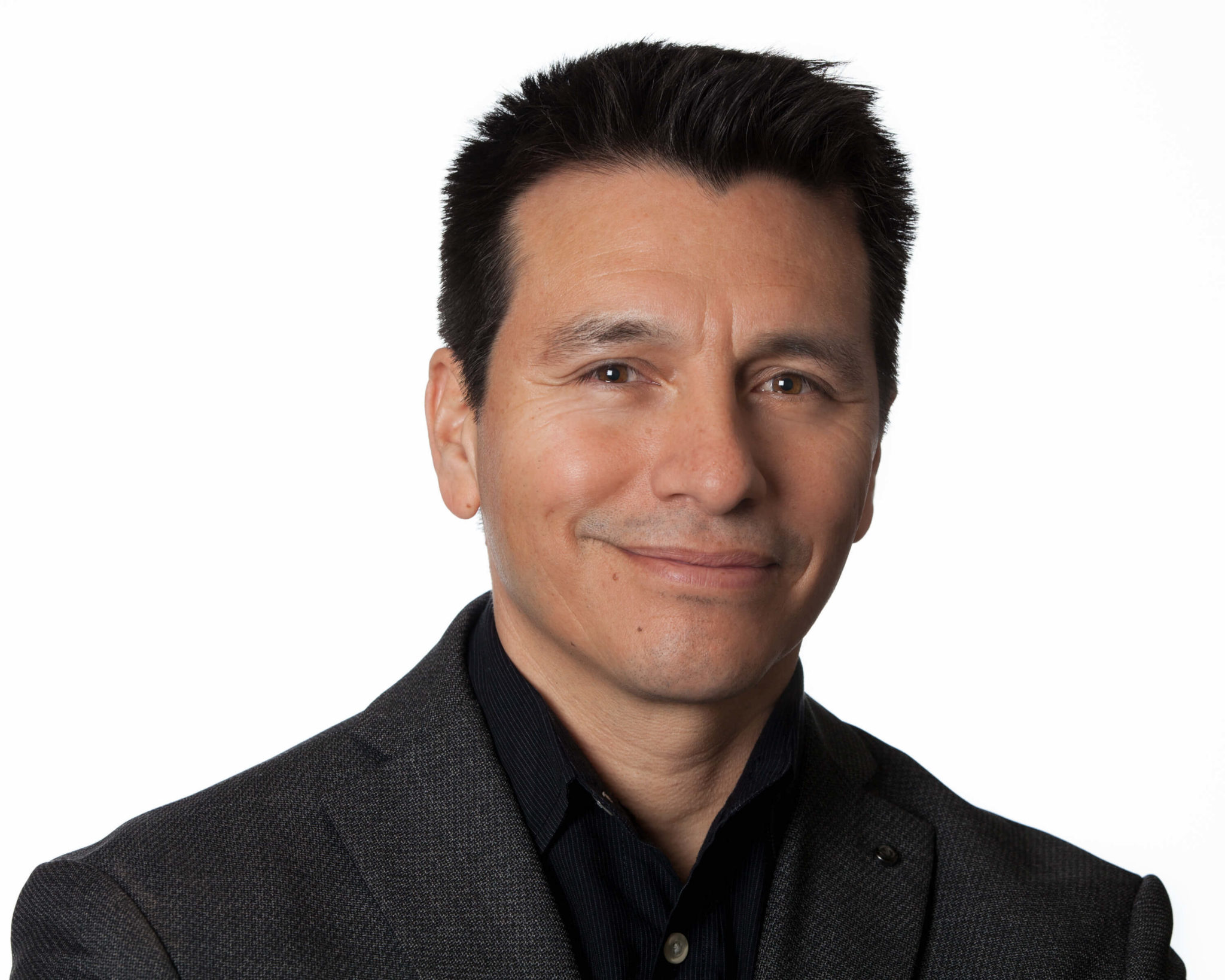How can you develop leaders in a way that is fast, cost-efficient and guaranteed?
It is not an easy task to develop people. Finding the right combination of methodologies that will work best for a particular leader with specific needs can be overwhelming. Knowledge transfer and skill building happen in a variety of ways: formal education, self-directed learning, training, mentoring, executive coaching, job rotation, etc.
However, I posit that executive coaching is still the best way to help leaders develop skills that are difficult to teach, measure and sometimes articulate — soft skills.
Company Challenges
The focus of a recent Harvard Business Review article in its Spotlight Series, “Educating the Next Generation of Leaders,” is something that is always on the mind of companies, especially when it comes to high potentials and key employees. Companies spend time and effort developing leaders, but the return on investment is often questionable or the company doesn’t know how to measure it.
There are a huge variety of learning platforms available. Options include executive education, formal leadership development programs, on-demand learning and more. These providers might bring deep expertise in teaching cognitive skills, but they are far less experienced and effective in teaching soft skills such as interpersonal dynamics, influencing, executive presence, empathy and behavioral change.
Additionally, only a tiny group of executives apply what they learn to their jobs. They are exposed to knowledge, but the success of any program is in the follow-up. Anecdotal evidence on skills transfer suggests that barely 10 percent of the $200 billion annual outlay for corporate training and development in the United States delivers concrete results.
The Soft Skills Gap
The HBR authors also acknowledge a gap on most learning platforms and in the traditional leadership development landscape. Specifically, there is a gap in skills that are difficult to teach, measure and sometimes articulate. These skills include ones such as leading in complexity, communicating, relating, influencing, motivating, engaging, emotional intelligence, empathizing and diversity and inclusion, among others. And let’s not forget resilience and the ability to identify blind spots.
When it comes to these skills, acquiring new knowledge and putting it into practice in the workplace entails significant behavioral change. That is hard to accomplish if done through such purely didactic methods as lectures, quizzes, exams and case studies.
The Solution
In 2017, PwC published its annual CEO Survey report. The data is fascinating, but what got my attention the most (thanks to my own bias) is the section on “Managing man and machine,” the interaction between technology and people.
Interestingly, 77 percent of CEOs that took part in the survey are concerned that critical skills shortages could impair their company’s growth. Moreover, they identified the soft skills in key individuals that are hardest to find: leaders who are creative and innovative with emotional intelligence.
In both the HBR article and the CEO Survey report, the authors asked the same question, worded somewhat differently. How are companies going to effectively insert rare skills such as leadership, creativity, adaptability, and so on? Both publications hinted that the fastest and most effective way is through executive coaching.
When it comes to soft skills, understanding the concept is easy, but long-term change takes time, follow-up and discipline — not just understanding. Learners need to practice, get feedback and be accountable; that is where an executive coach comes in.
We know executive coaching works for the hard-to-teach skills. The key for it to work consistently, according to executive coaching consulting services firm RD & Partners, depends on answering the following key questions:
- Am I coaching the right people?
- Am I coaching for the right behaviors?
- Am I using the right coaching process?
- And the question everyone wants to answer: How do I measure the success of executive coaching?
In a recent survey conducted by the Duke Fuqua School of Business, half of U.S. CFOs who participated said they believe the nation’s economy will enter a recession by the end of 2019. Difficulty hiring and retaining qualified employees is the most-cited concern among CFOs in the report. Thus, developing your best leaders is paramount as a way to attract and retain the best. Moreover, the best workers do the best and the most work. Research has shown that high performers are 400 percent more productive.
In the war for talent (acquisition and retention), companies need to close the soft skills gap in their leadership development programs. Executive coaching in well-designed and implemented leadership programs will contribute to leadership development and the retention of talent.















